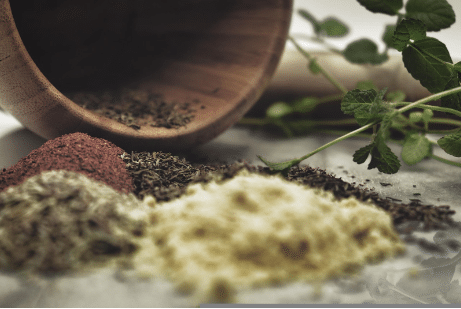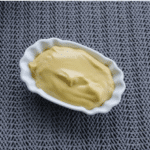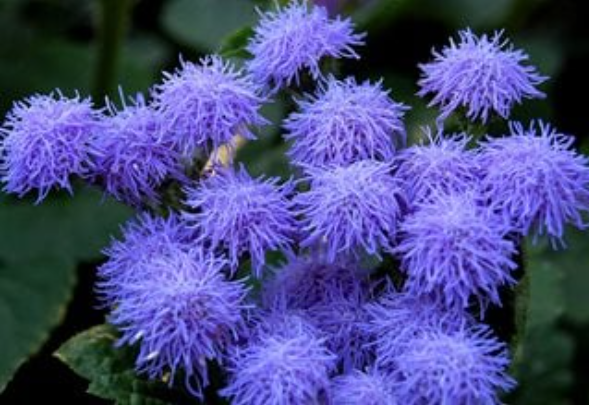Introduction
Asafoetida is a term used to describe the dried sap or gum resin of Ferula plants. It’s usually dried, pounded into a coarse, yellow powder, and used in cooking or medicine. While asafoetida is native to Afghanistan and Iran, it’s also known as hing in Indian cuisine. Because of its high concentration of sulphur compounds, asafoetida has a strong, pungent odour when used as a spice. It’s also referred to as stinking gum because of its awful odour. Its flavour and scent, on the other hand, become considerably more appetising when cooked, and are frequently compared to leeks, garlic, and even meat. Hing is used to treat bronchitis and kidney stones in Ayurvedic medicine. Some people wrapped dried gum around their necks to protect themselves from infection and sickness throughout the Middle Ages. Its flavour and scent, on the other hand, become considerably more appetising when cooked, and are frequently compared to leeks, garlic, and even meat.
About
In many regions of the world, asafoetida is used to flavour food and as a traditional treatment for a variety of ailments. Asafoetida (Ferula asafoetida) is an oleo-gum-resin derived from Ferula plants of the Umbelliferae family. Ferula spices are extensively spread throughout Central Asia, particularly West Afghanistan, Iraq, Turkey, and Eastern Iran, as well as Europe and North Africa, where there are more than 170 species.
Benefits
- Antioxidant-rich source
Antioxidant properties of asafoetida have been discovered. These substances protect your cells from damage produced by free radicals, which are unstable molecules. As a result, antioxidants may aid in the prevention of chronic inflammation, cardiovascular disease, cancer, and type 2 diabetes.
Asafoetida, in particular, has been proven to have high levels of phenolic components including tannins and flavonoids, which are recognised for their powerful antioxidant properties. While asafoetida has been shown to have anti-inflammatory and antioxidant properties in test tubes and animals, additional research into its potential antioxidant effects in humans is needed. Furthermore, because asafoetida is used in such little quantities in cooking, it’s unclear if it gives these benefits.
- It May be beneficial for digestion
Asafoetida is frequently used to help with dyspepsia. When compared to a placebo group, those taking 250-mg asafoetida capsules twice a day reported significant improvements in bloating, digestion, and general quality of life in a 30-day study of 43 persons with moderate to severe indigestion. Because the supplement’s manufacturer funded the study, the findings may have been skewed. By enhancing the activity of digestive enzymes, asafoetida has also been demonstrated to aid digestion. It may cause your liver to release more bile, which is necessary for fat digestion. While the spice is widely used to prevent or lessen post-meal flatulence, there is currently no study to back this up.
- Irritable bowel syndrome symptoms may be alleviated with this supplement
Irritable bowel syndrome is a persistent digestive disorder that causes abdominal pain, bloating, and gas, as well as constipation, diarrhoea, or both. Asafoetida is suggested to aid with the symptoms of Irritable Bowel Syndrome because of its digestive properties.
After two weeks of taking asafoetida pills, two small studies in persons with Irritable Bowel Syndrome indicated that symptoms of Irritable Bowel Syndrome were significantly improved. Another study demonstrated no benefit of this supplement on the symptoms of Irritable Bowel Syndrome.
Overall, research is scarce. However, because it has a similar flavour to onion and garlic, asafoetida may aid persons with Irritable Bowel Syndrome with a less direct approach.
Asafoetida: How to Use It
- For thousands of years, asafoetida has been used to season food. It was even used as a condiment by the ancient Romans, who kept it in jars with pine nuts.
- Ground asafoetida powder, often known as hing, is now available online and in select Indian supermarkets.
- If you’re trying to avoid gluten, seek hing powder made with rice flour rather than wheat.
- To assist lessen its sulphurous flavour and smell in the kitchen, mix it with hot oil or another source of fat.
- Hing powder is frequently combined with other spices in Indian cuisine, such as turmeric or cumin, to give lentil- or vegetable-based meals a savoury, umami flavour.
Conclusion
Asafoetida is a dried plant sap that has been used for ages for its medicinal properties and distinctive flavour.
Antioxidants are abundant in it. While little evidence reveals many benefits, especially for digestive health, a further human study is required.
This item, also known as hing, is still a good addition to your spice cupboard when pounded into a powder. Curries, lentil dals, soups, and stews can all benefit from a pinch of this flavorful umami seasoning.









